Best foam rollers 2025: Essential workout aids for warm-up, cool-down and recovery
Speed up post-workout recovery and ease muscle soreness with some of the best foam rollers on the market, tried and tested by our fitness experts.
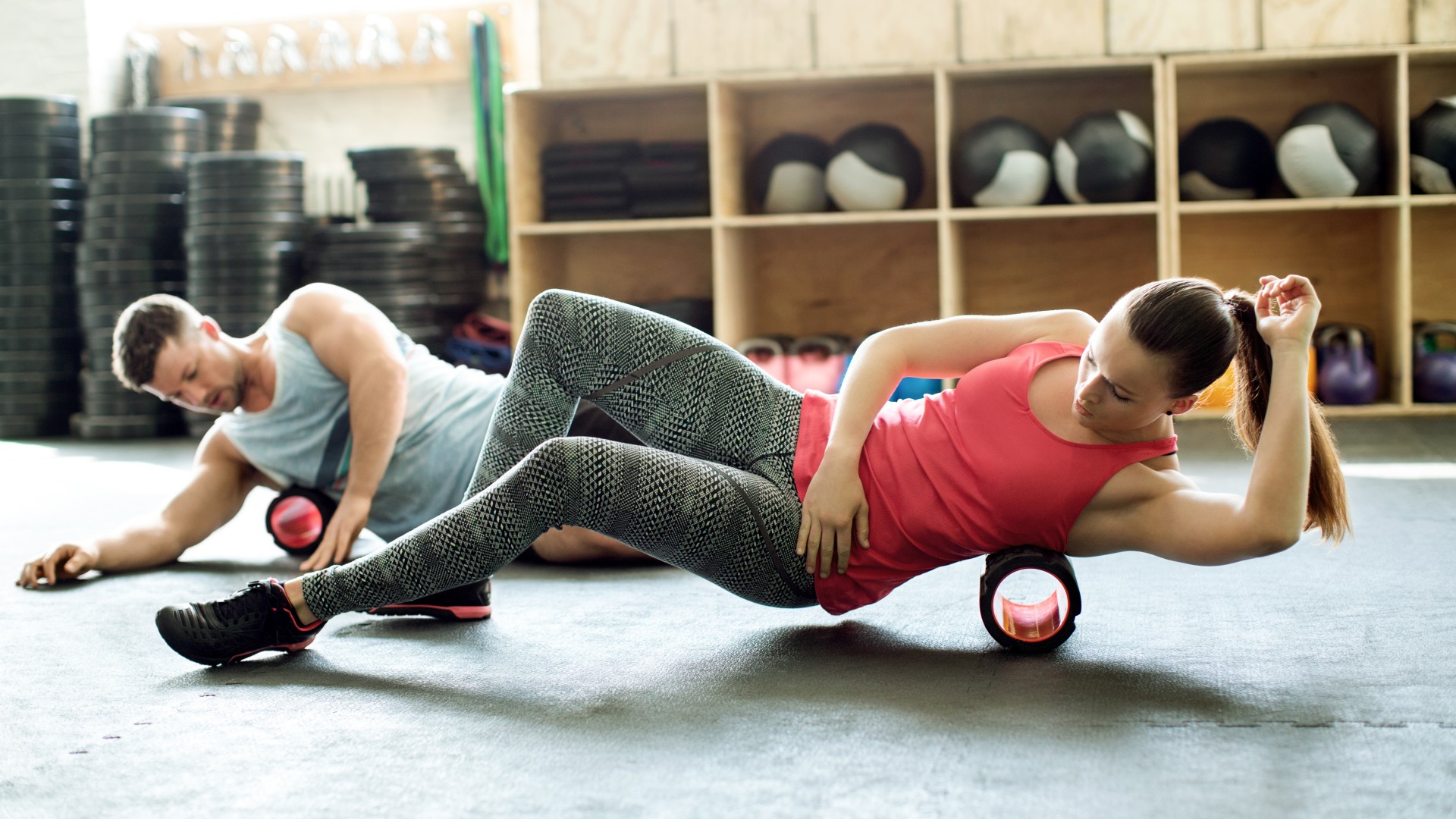
The best foam rollers are an inexpensive bit of kit that can help reduce muscle soreness and stiffness. They can be used for stretching, warm ups and cold downs, and are an invaluable tool for improving flexibility, mobility and range of motion.
If you’ve ever experienced DOMS (the pain and stiffness you can experience post-workout), investing in a foam roller could make a significant difference to your athletic performance. If you want to maximise your recovery rate, read our guide to the best massage guns.
At Live Science we personally tried and tested the best foam rollers, focusing on the pros and cons, price, design and comfort. Our tester used the best foam rollers for a variety of stretches and on different surfaces to see how they performed. This article reveals which rollers ranked the best and why.
That said, we are no longer adding new products to this guide. If you want to stay up to date with the best workout equipment to buy in 2025, check our guides to the best exercise bikes, best rowing machines and best treadmills.
Best foam roller overall
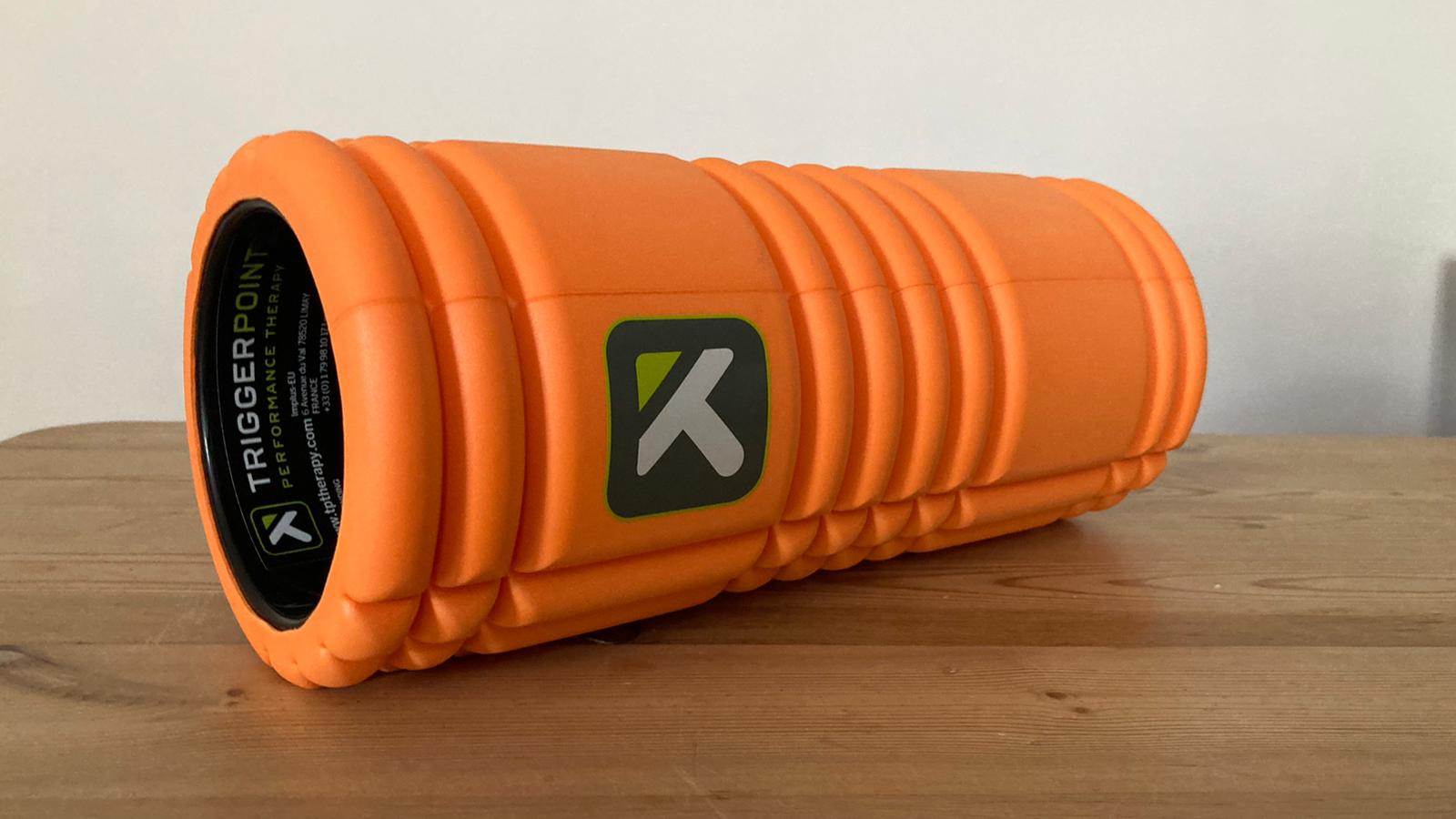
Triggerpoint Grid Foam Roller
Our expert review:
Specifications
Reasons to buy
Reasons to avoid
Our top-rated foam roller is clever, effective and affordable. It has a sturdy plastic inner tube designed to hold its shape through the rigors of regular use, surrounded by a plush layer of hard-wearing EVA foam.
It feels solidly built and more robust than other rollers we tried, but we resolved that there was only one way to verify this. So, no foam roller got an easy ride as we tried them on yoga mats, wooden slats, rugs, carpet and even a rugged stone floor. And, impressively, the Triggerpoint Grid emerged from each trial without a dent or scuff to its name.
It’s innovative too. The foam has three textures designed to emulate a massage therapist’s hands; flat areas for the palms, thinner tubes for the fingers and bobbles to mimic fingertips. This is a nice addition, and we did notice some difference when switching between the surfaces, but the overall firmness and texture of the foam is sufficient to deliver a soothing self-massage on its own. Using it on our hamstrings, calves, quadriceps and more, it felt great, and it appeared to deal well with easing tight spots or trigger points. The compact shape was just long enough to use on larger areas like the upper back, but was still nifty enough to maneuver around our lats and hip flexors.
Overall, this is a sturdy and effectual foam roller that will deliver a strong yet soothing self massage time and time again. What’s more, you can pick one up for under $50 - a relative bargain.
Best budget foam roller
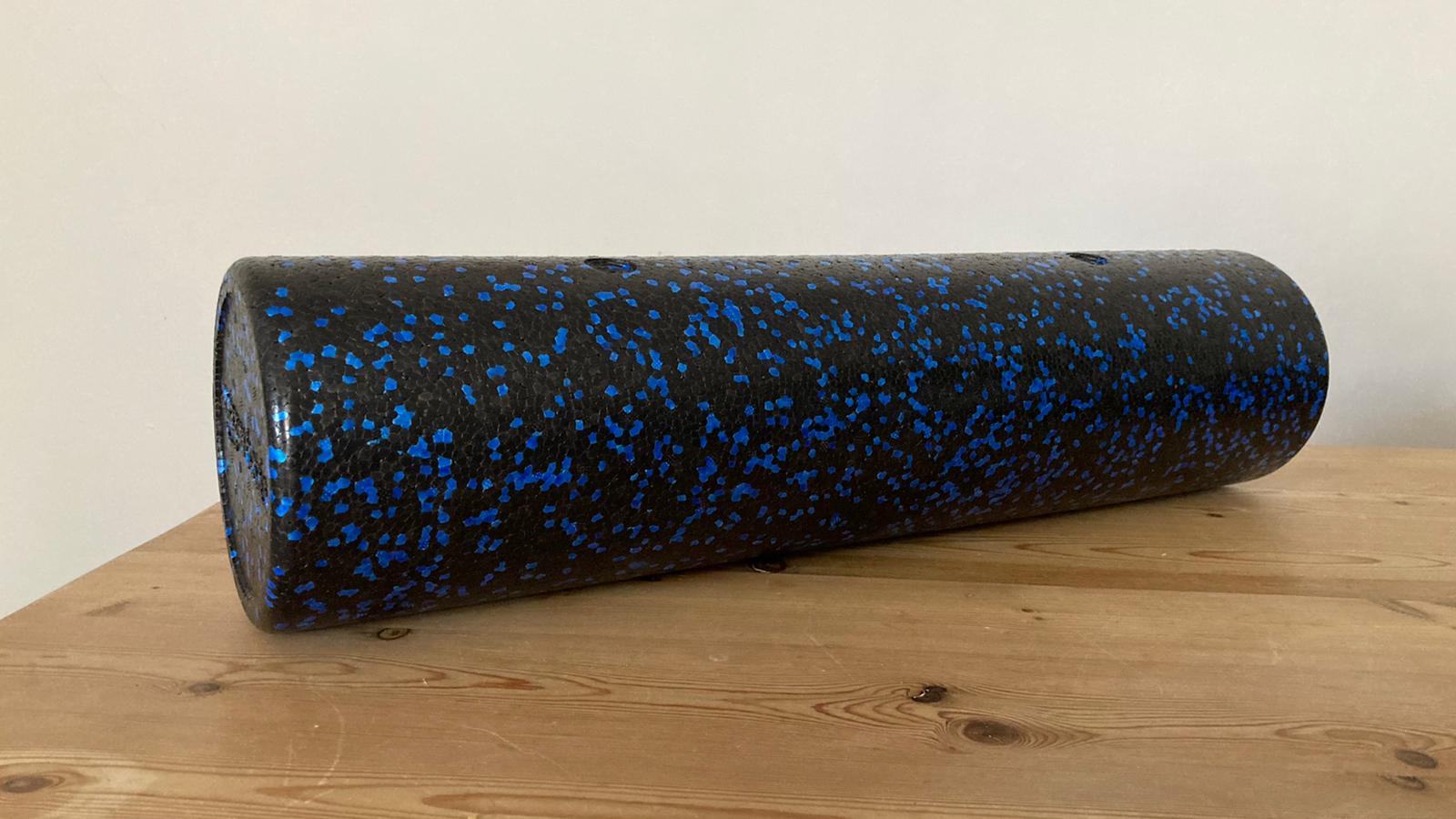
Amazon Basics High-Density Round Foam Roller
Our expert review:
Specifications
Reasons to buy
Reasons to avoid
If the $50 price tag of the Triggerpoint Grid still seems a bit much, this Amazon Basics High-Density Foam Roller could be the recovery partner for you.
Don’t expect any mod cons; as the name suggests, the online retailer keeps this roller basic. But, as a textureless polypropylene cylinder, it still wields the power to give your tired muscles a good seeing to.
It’s available in one of three sizes — 18in, 24in and 36in — so you can pick the right one for you depending on your body size and priorities (we would recommend the smaller roller for portability and targeting harder to reach aches, while the larger roller we tested was great for bigger jobs like the upper back).
The foam feels a bit like packing peanuts and we found it could sometimes pinch when used on bare skin, particularly during movements where more weight was placed on the roller, like when targeting the hamstring. But this could easily be remedied by wearing leggings or sweatpants. The foam is firm, so you definitely know about it when you hit a sore spot. But our muscles did feel noticeably fresher and more ready to go when we used it to warm up ahead of a leg session at the gym.
Best foam roller for deep muscle massage
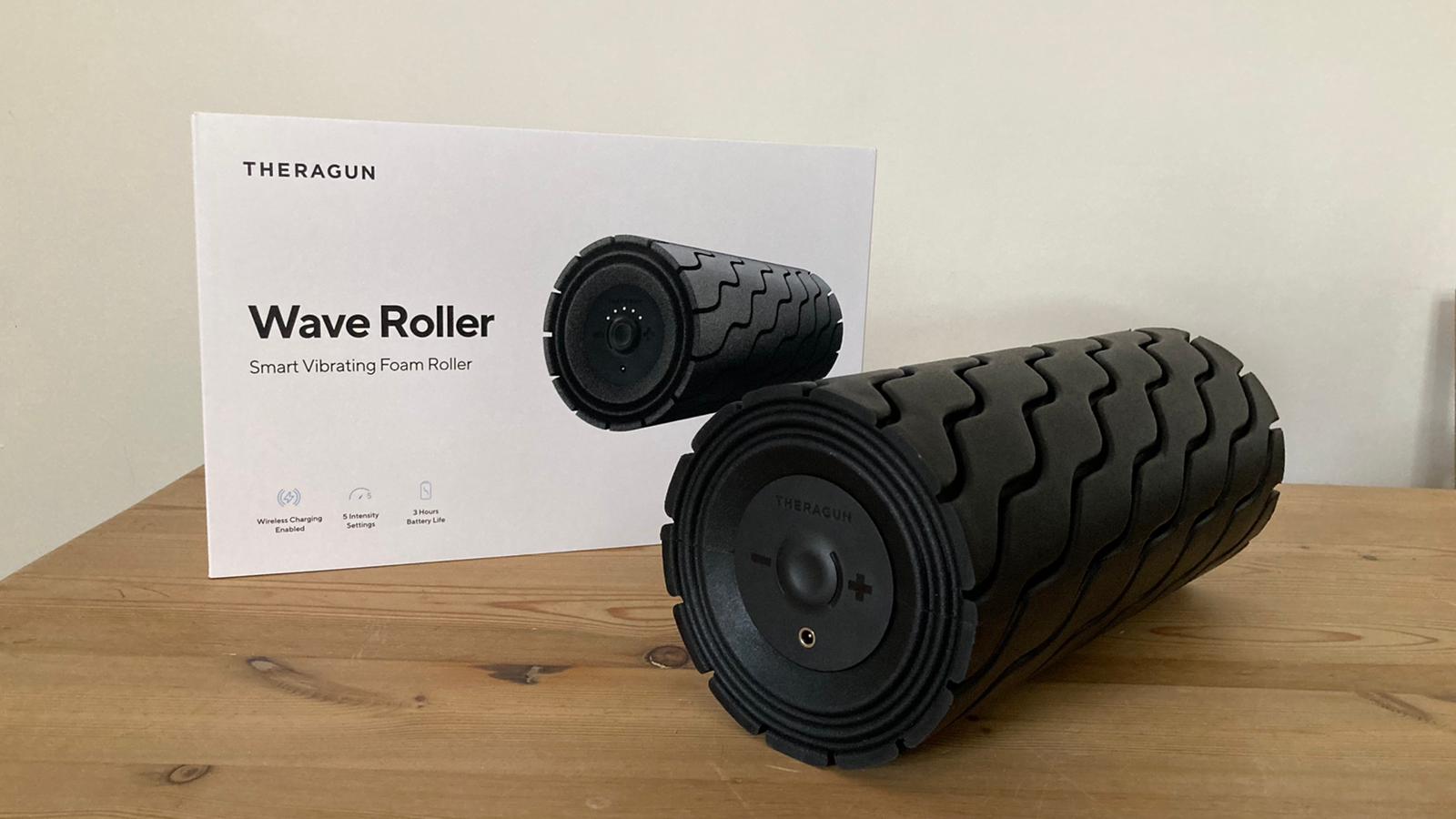
Therabody Wave Foam Roller
Our expert review:
Specifications
Reasons to buy
Reasons to avoid
Foam rollers, on the whole, tend to swerve tech in favor of simplicity. This isn’t always the case though, as esteemed recovery brand Therabody proves.
The Wave has five vibration settings of increasing intensity, which can be controlled using plus and minus buttons on one end of the cylinder or from your phone, if you connect the roller to the Therabody App via Bluetooth. This is a really handy tool, not only because it means you don’t have to reach down every time you want to change the vibration level, but also because the app comes loaded with rolling routines for certain muscle groups or activities. So, if you want to try foam rolling but don’t know where to start, the Therabody Wave will have you rolling like a pro in no time.
Alongside these futuristic features, it does the basics well too. The Wave feels well-built, made from high-density foam to provide a comprehensive massaging experience. This is enhanced by the vibration settings, which left our long-suffering muscles feeling much fresher (a 2021 study into the effect of vibration massage, published in the International Journal of Environmental Research and Public Health, showed it can accelerate the recovery of tired muscles).
The outer of the foam was somewhat slippery and could slide out of place when used on a rug or carpet, so we made sure to unravel a yoga mat when we wanted to use the Wave. The vibrations can also be quite noisy on some less stable floor types like hardwood, so it might be one to avoid if you have a downstairs neighbor.
But if you’re after a foam roller of the future that can leave you feeling great, we think the Wave is worth it — even considering its higher price.
Best looking foam roller
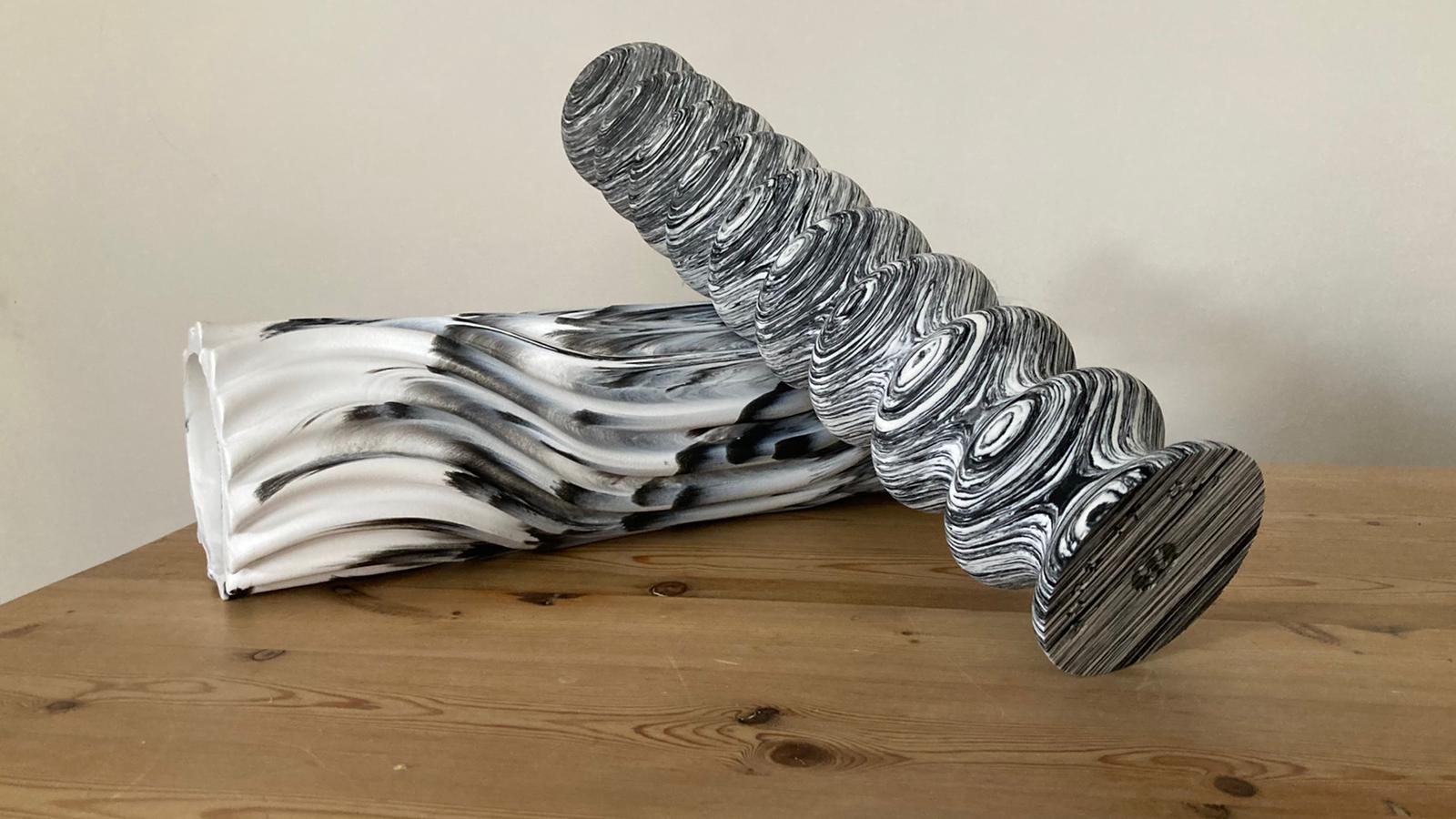
Lululemon Double Roller
Our expert review:
Specifications
Reasons to buy
Reasons to avoid
Beauty isn’t a trait we would usually associate with a foam roller, but this really is a good-looking product. Not that we should expect anything less from Lululemon, a brand that has a habit of making products that look and feel premium.
The marbled finish and rotating wave-like texture mean it will elevate any home gym space it’s placed in, but this isn’t a case of style over substance. The soft foam provides a more soothing massage than the other rollers we tested, making this a good fit for anyone wanting to gently release tensions in their muscles without wincing when they hit a trigger point. The foam feels lovely on bare skin too.
However, cleverly, there is a second recovery tool concealed within the exterior roller. This roller has more pronounced peaks and troughs, which we liked for hitting deeper muscle aches, particularly those in the back.
After using these two rollers to warm up ahead of a squat session, our muscles felt more primed than after our usually preparatory dynamic stretches, and we enjoyed an uninhibited range of motion at the knee which allowed us to squat to depth.
This roller is on the larger side, so isn’t your best bet if you want one that will slip into your gym bag. But for versatility and feel, it’s among the best money can buy.
Best foam roller for harder massages
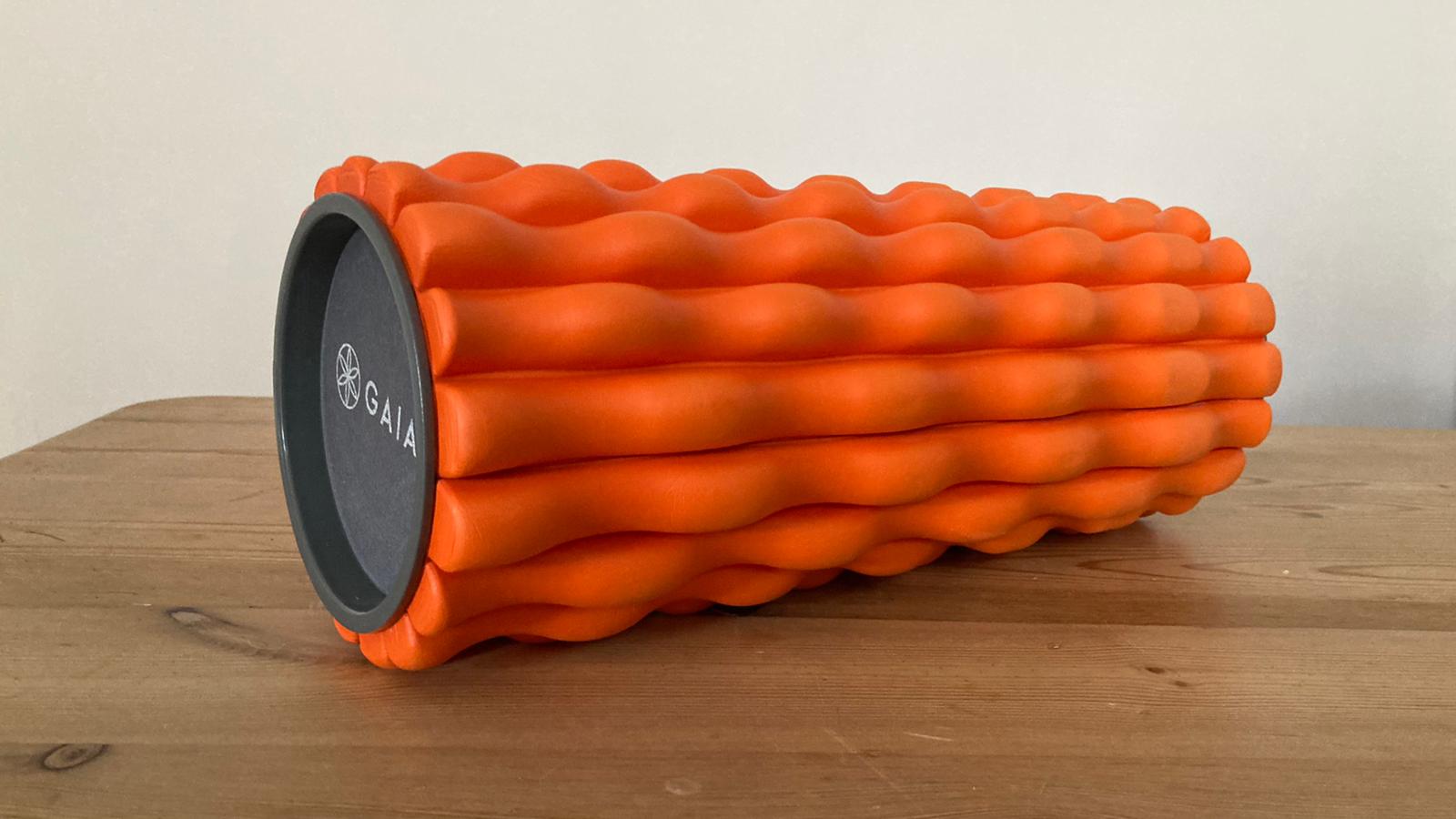
Gaiam Restore Deep Tissue Foam Roller
Our expert review:
Specifications
Reasons to buy
Reasons to avoid
The Gaiam Foam Roller has a textured foam outer that delivers an experience much-like a hard sports massage. This is largely down to the deep foam ridges which really felt like they were getting into the nooks and crannies of our muscles — leaving aches and pains with nowhere to hide.
It does everything a foam roller should, and it does all of it well, helping us warm-up, cool-down and recover effectively. The only thing that let it down for us was its durability. The soft, slightly sticky foam felt great on bare skin and never slipped out of place, but it did mark and pick up dirt fairly easily.
At the end of our test, there were a few visible scrapes on the outer body, and some marks where we had used it on gym floors. However, if you’re only looking to use it at home or with a clean yoga mat, this shouldn’t be a problem.
Best variety pack
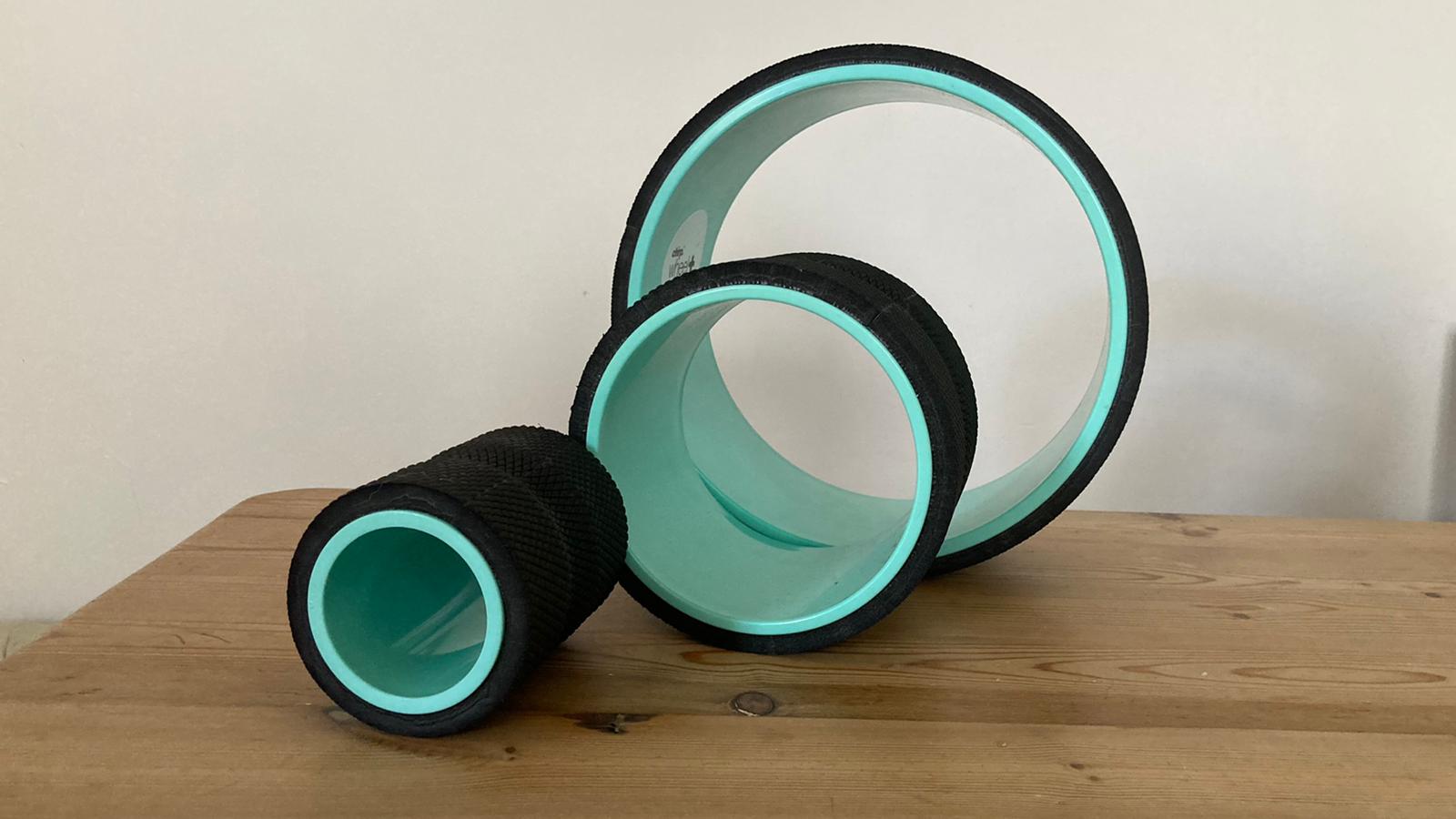
Chirp Wheel+ 3-Pack
Our expert review:
Specifications
Reasons to buy
Reasons to avoid
This is something a little bit different from your everyday foam roller, and judging by user reviews online it has plenty of fans. Instead of the standard cylindrical design, the Chirp Wheel+ comes with three hollow plastic rings coated in a layer of foam. The largest ring promises to offer a greater stretch (when doing the signature move of lying back with the wheel between your shoulder blades) while the smaller ring acts more like a traditional foam roller, applying pressure to sore spots.
We enjoyed trying something new, and the largest wheel definitely offered a good back and chest stretch. The smallest wheel can also double up as a foam roller of sorts, and you can use it to massage your legs and other body parts using a standard rolling routine.
This versatility makes the Chirp Wheel+ a good option for anyone who wants to focus on stretching and self-massaging their back, but also wants to enjoy the full-body benefits of a foam roller.
We found the smaller wheel didn’t feel as soothing as other foam rollers we tried as its narrower design really dug into our muscles. However, this might be beneficial for someone wanting a no holds barred massage.
How we test foam rollers at Live Science
We got our hands on every foam roller featured in this list, taking them through a self-massage routine that targeted the whole body. Exercises included rolling out the hamstrings, quadriceps, lats, upper back and calves, while we also used each one for shoulder and chest stretches.
We also tested each foam roller on a range of surfaces, including yoga mats, carpet, rugs, hardwood floor and stone, to test their grip and see if they were easily damaged.
Each one was reviewed based on its design, performance and value for money, and we used our experiences in each area to award a final score out of five.
Foam rollers: Frequently Asked Questions
Do foam rollers work?
Studies have shown that using a foam roller can reduce muscle pain after intense exercise. Research also points to the use of a foam roller to warm up as a way to improve your mobility for a short period afterwards.
A small 2015 study published in the Journal of Athletic Training concluded that “foam rolling effectively reduced delayed onset muscle soreness DOMS and associated decrements in most dynamic performance measures”.
A total of eight healthy participants performed 10 sets of 10 back squats at 60% of their one rep maximum. They then repeated this four weeks later, but followed it with 20 minutes of foam rolling immediately, 24 hours and 48 hours after. In both cases, they were asked to rate their pressure-pain threshold, and their 30m sprint time (measuring speed), broad-jump distance (measuring power), T-test (measuring change of direction speed) and dynamic strength-endurance were measured.
The results showed that foam rolling “substantially improved quadricep muscle tenderness”, while improvements in speed, power and dynamic strength-endurance were also observed.
A 2019 meta-analysis published in Frontiers in Physiology found that foam rolling before a workout is also “an effective strategy for short-term improvements in flexibility without decreasing muscle performance,” making it a good addition to your warm up.
It adds: “The review has also shown that the improvement of sprint performance to be expected from the use of pre-rolling, as well as the recovery rate of the performance measures of speed and strength with post-rolling, are significant enough to be relevant for at least elite athletes.”
However, it does go on to say that “the underlying mechanisms” behind foam rolling’s effectiveness “remain elusive” and are not fully understood.
Get the world’s most fascinating discoveries delivered straight to your inbox.
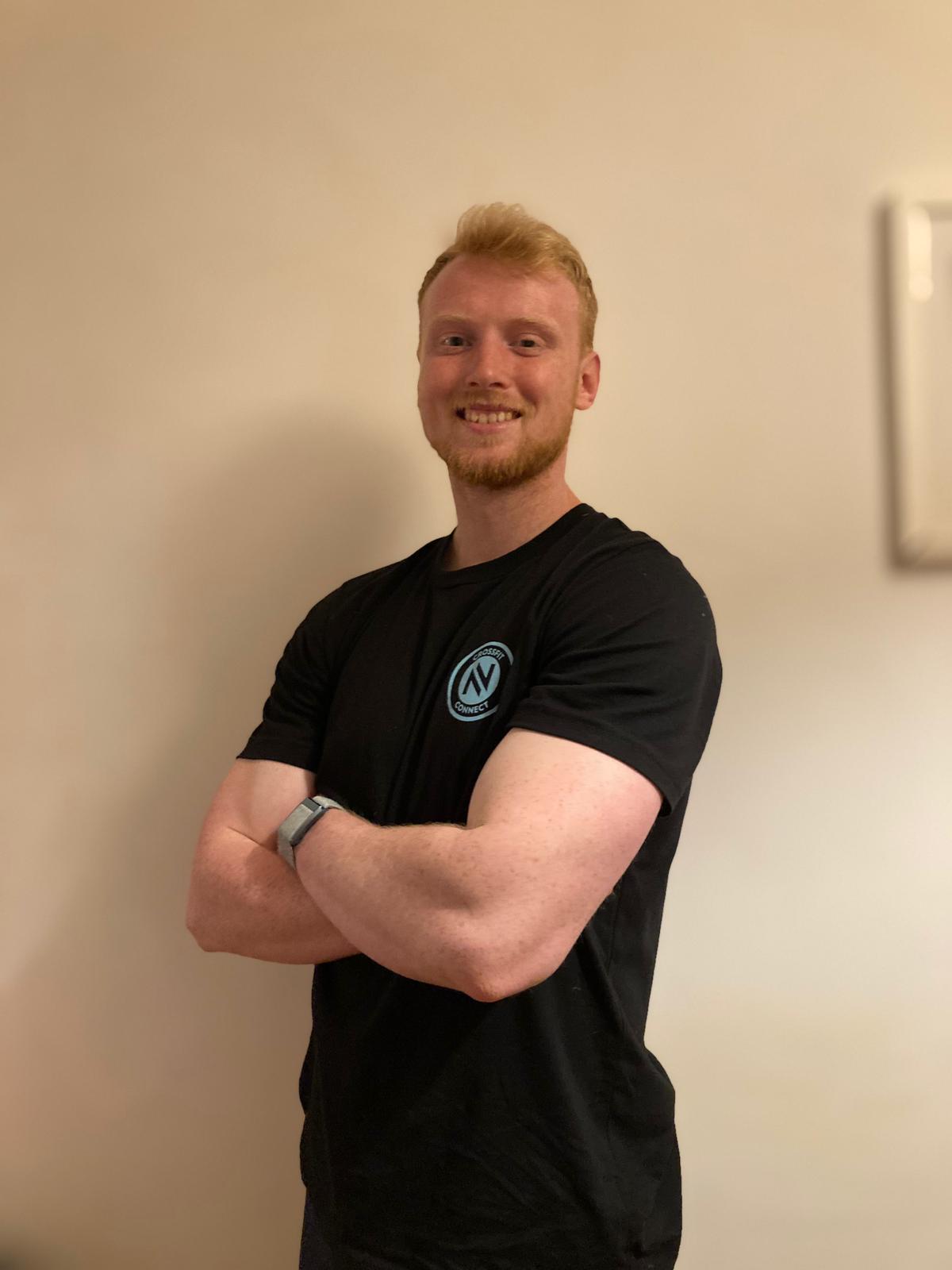
Harry Bullmore is a fitness writer covering everything from reviews to features for LiveScience, T3, TechRadar, Fit&Well and more. So, whether you’re looking for a new fitness tracker or wondering how to shave seconds off your 5K PB, chances are he’s written something to help you improve your training.
When not writing, he’s most likely to be found experimenting with a wide variety of training methods in his home gym or trying to exhaust his ever-energetic puppy.
Prior to joining Future, Harry wrote health and fitness product reviews for publications including Men’s Health, Women’s Health and Runner’s World. Before this, he spent three years as a news reporter with work in more than 70 national and regional newspapers.
- Maddy BiddulphContributing health and fitness writer


